2015
Sundar Pichai becomes CEO of Google

One of the biggest Google stories of 2015 was Sundar Pichai's promotion to CEO of Google. The news was announced by Google's then-CEO Larry Page as part of a corporate restructuring that included the creation of Alphabet (which Page would lead as CEO), a new umbrella holding company under which Google would be the largest subsidiary with Pichai at the helm.
Pichai's promotion to lead Google came as little surprise to anyone in the industry; as the senior VP of Products, he was already head of both the Android and Chrome divisions and was one of the more prominent public figures at Google I/O events. It was a well-deserved promotion that set the stage for Google to release some major new products over the coming years including Google Assistant and the Google Home smart speaker and most notably the company's first Android handset developed entirely in-house, the Google Pixel.
This quote from Page's letter does a good job of encapsulating the direction Google was headed at the time, and why Pichai was the right person to lead the company at the time:
Google itself is also making all sorts of new products, and I know Sundar will always be focused on innovation—continuing to stretch boundaries. I know he deeply cares that we can continue to make big strides on our core mission to organize the world's information.
The debut of Google Photos as a standalone service
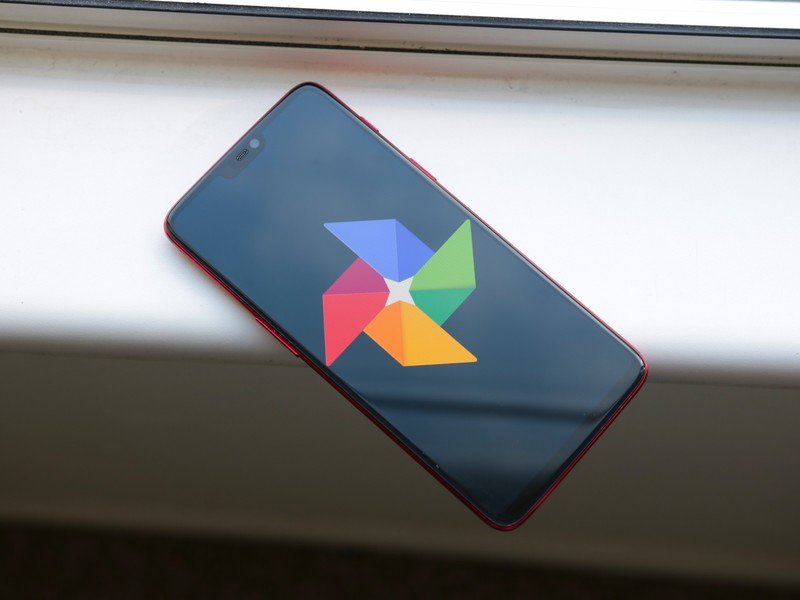
2015 was also the year that Google debuted Google Photos as a standalone service with apps for Android, iOS and web. Previously a services integrated into Google+, the new Google Photos app meant that users no longer needed to have a Google+ account to make use of the service's convenient auto back up service and intelligent photo sorting and search abilities. It also ushered in a new era of having all your photos taken across multiple devices stored and accessible from a single place with a simple interface for navigation.
Google Photos has proven to be one of the company's best and most enjoyable-to-use products.
One of the more amazing features introduced with Google Photos was how it would cache all of the photos backed up to the service no matter what device you took them on, allowing you to view all photos uploaded to Google's servers no matter which device you were viewing them on. That meant you could upload to photos.google.com from your computer and instantly find them in the app on your phone without needing to manually download or transfer them over to your phone.
As Andrew Martonik noted at the time, this was a great step for Google towards a unified photo service for Android users, bringing together all of your photos no matter where or how you take them. Google Photos in 2015 wasn't the full-featured app that we know and love today, but it provided a great platform for Google to continue to develop and improve on the machine learning technologies for organizing and repackaging your photos and videos in a friendly and accessible way for everyone.
In no time at all, Google Photos became an integral part of the Android experience. The service would get an extra bump the following year when Google announced that anyone who bought a Pixel (and its outstanding camera) would get unlimited Google Photos storage at original quality for life.
Be an expert in 5 minutes
Get the latest news from Android Central, your trusted companion in the world of Android
The hot mess that was the Snapdragon 810
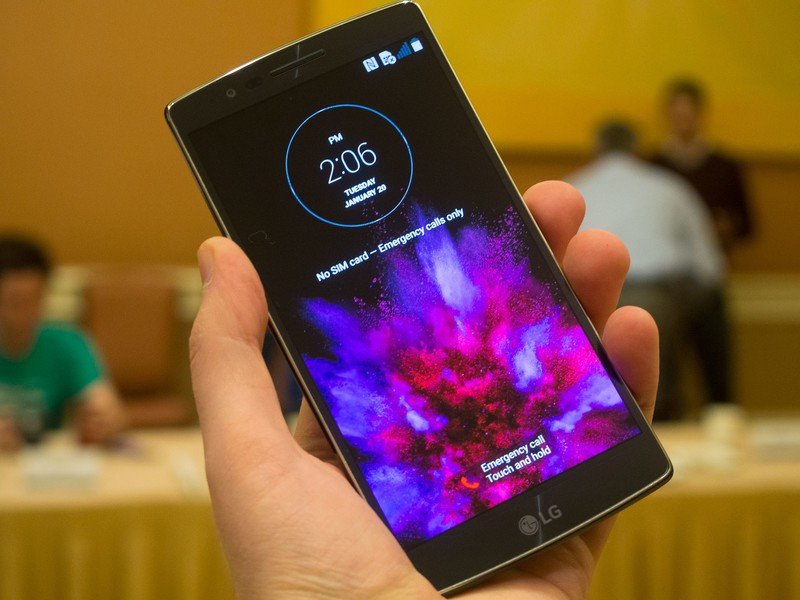
One of the biggest controversies of 2015 revolved around Qualcomm and the Snapdragon 810, the company's latest processor that was expected to be used by most smartphone manufacturers for the majority of flagship devices released throughout the year.
The original version of the Snapdragon 810 suffered from heating issues. Qualcomm was quick to deny this and trotted out a line of industry partners who made the claim that it was the best chip available, but real-world usage showed otherwise, and there were cases where phones that used it, like the LG G Flex 2, needed to spend some time in the fridge to keep them running. Thermal throttling made using a device with a Snapdragon 810 a poor experience for many of us.
The Snapdragon 810 was the product of Apple's push into 64-bit quicker than anyone, especially Qualcomm, thought possible. It was rushed out of the door and suffered as a result.
Later in 2015, the Nexus 6P arrived with a slightly updated version of the Snapdragon 810 and it didn't suffer from throttling the same way. While we can't be sure exactly what Qualcomm changed, we do know one reason why — the 64-bit version of Android using the 64-bit chip in the Nexus 6P was written by Google in-house. Android OEMs hadn't had to do anything like this themselves, and Google has plenty of kinks to work out.
The Snapdragon 810 will never be remembered as one of Qualcomm's best. But its story does show the value in letting Google do its job and using what it makes available rather than companies like Samsung trying to do the hard work on its own. That's part of what makes Android great; Google can make it work and phone makers can make it work better.
The end of the Nexus line: Nexus 5X and Nexus 6P
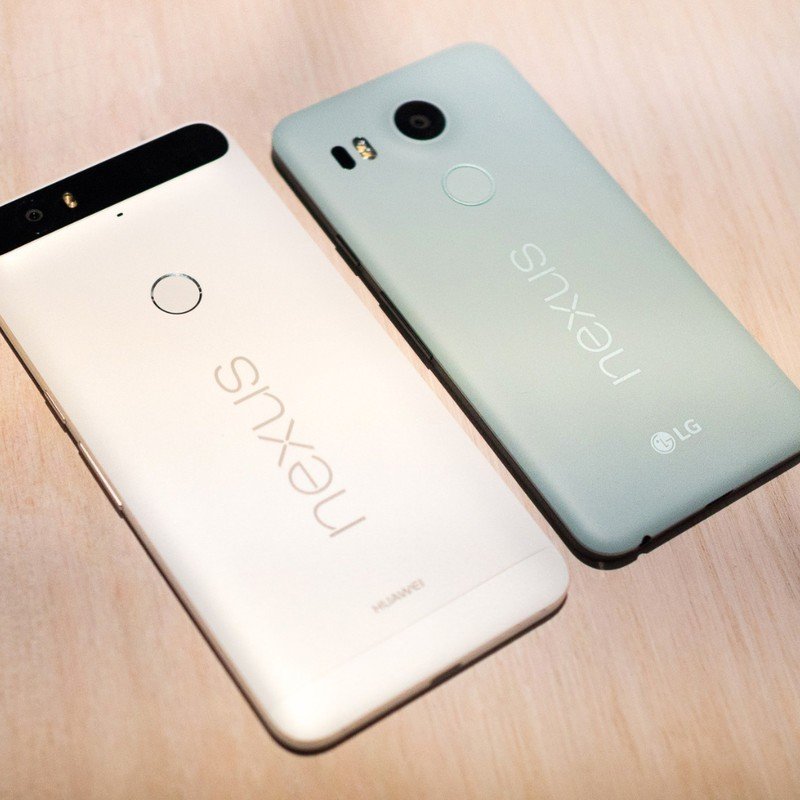
We may not have known it at the time, but 2015 would mark the beginning of the end for the Nexus program.
Started back in 2010, the Nexus program saw Google partnering with a leading smartphone manufacturer (HTC, Samsung, LG, Motorola and Huawei) on an annual basis to release a flagship Android phone launched alongside the release of the latest version of the Android operating system. The main draw of the Nexus line was the stock Android experience without the bloat or other software modifications added by wireless carriers or manufacturers.
In 2015, Google partnered with two companies to release two unique devices: LG for the Nexus 5X and Huawei for the Nexus 6P. Both phones were announced on September 2015, launched running Android 6.0 Marshmallow, and were fairly well received by reviewers and Android enthusiasts alike.
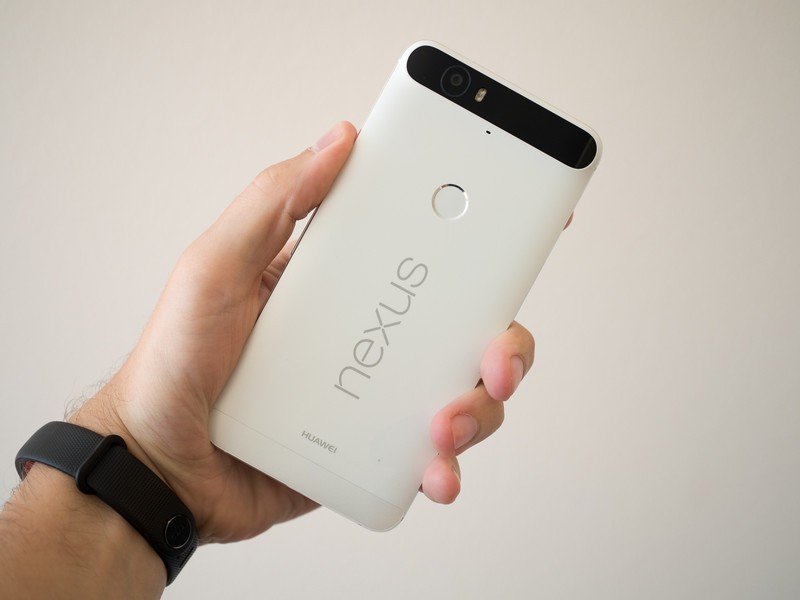
The Nexus 5X was a mid-range phone that was a direct follow up to LG's Nexus 5 released in 2013. It ran on the Qualcomm Snapdragon 808 and featured 2GB of RAM with storage options of 16 or 32GB. Its chassis was crafted from hard polymer plastic with a soft-touch finish on the back. Around front was a 5.2-inch FHD LCD display powered by a 2,700mAh battery. The rear camera featured a 12.3MP sensor that used laser autofocus and was capable of shooting video in 4K at 30fps and 720p slow-mo video at 120fps.
Huawei's Nexus 6P was the only Nexus flagship to be designed with an all-aluminum body and features the previously mentioned Snapdragon 810 (v2.1). It offered 3GB of RAM and storage options of 32, 64, and 128GB. The 6P featured a 5.7-inch AMOLED display and a 3,450 mAh battery — the largest ever built into a Nexus phone. Despite that, the Nexus 6P remained a remarkably thin phone (and was subsequently lumped in with the "bendgate" scandal that plagued the equally thin iPhone 6 Plus). The 6P featured an identical rear camera sensor as the 5X, but was capable of shooting 240fps slow-mo video in 720p.
Both phones were among the first to use USB-C and the only Nexus phones to include a fingerprint scanner. They would continue to receive regular software updates from Google up until the release of Android Oreo. Google officially stopped supporting the 5X and 6P with the final security patch update arriving in December 2018.
NVIDIA unveils Tegra X1 chipset with NVIDIA Shield TV
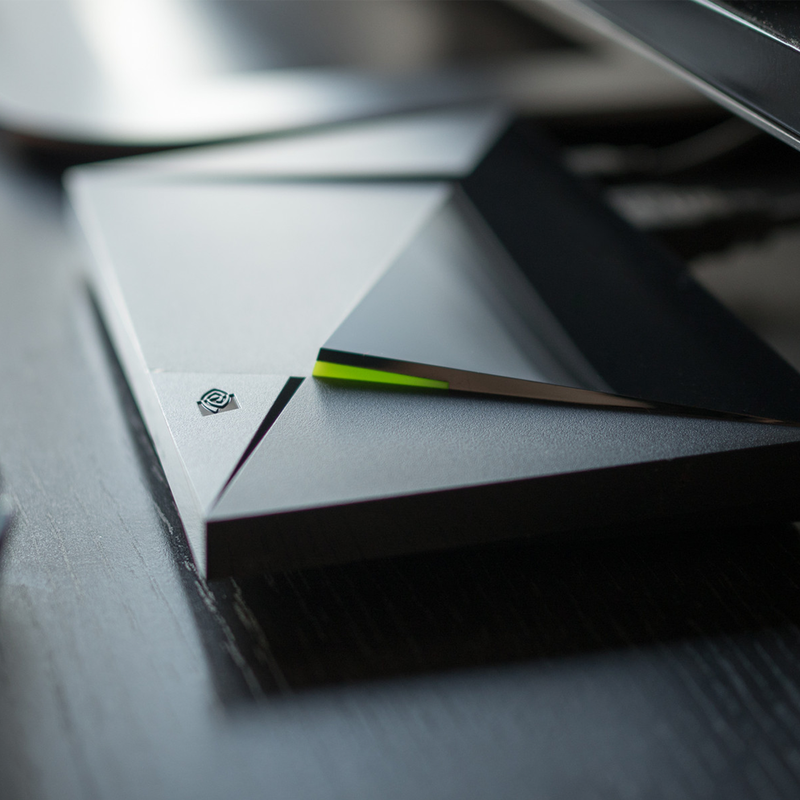
Few devices have held up as well over the years as the NVIDIA Shield TV. First announced at the Game Developers Conference on March 3, 2015, the Shield instantly became not only the best Android TV console, but arguably one of the most complete solutions for living room entertainment.
It was the first Android TV device to support 4K content and was also heavily marketed at gamers as a surprisingly capable microconsole thanks to NVIDIA's cutting-edge Tegra X1 processor. This, we remind you, is the same processor that Nintendo used for the wildly popular Switch console.
Right from day one, the Shield TV has featured outstanding specs that still hold up today as one of the best whole home entertainment options. NVIDIA launched a standard Shield TV model with 16GB and a Pro model that offered a whopping 500GB of storage. The two USB ports around back support all sorts of accessories, whether you wanted to connect a keyboard and mouse for easier navigation, or an external harddrive loaded with all your favorite media.
There's a reason the NVIDIA Shield TV is the only Android TV box we recommend: it's just so damn good, even four years later.
For gamers, NVIDIA provided AAA titles optimized for the Shield TV from the Google Play Store and stream games from the cloud via NVIDIA's GRID service. NVIDIA launched its own gaming controller, but Bluetooth support meant that you could connect practically any other controller you had kicking around just as easily.
The physical design of the console was sleek, futuristic and made of aluminum and remained largely unchanged over the years until the 2019 re-design.
A big part of NVIDIA's success with the Shield TV has to do with its software support. No other Android TV box manufacturer has shown the dedication to consistently improving and upgrading the user experience like NVIDIA has. It's the main reason why the NVIDIA Shield TV has continued to own the Android TV segment since 2015, with no other streaming box really coming close to matching the Shield TV streaming and gaming prowess.
-Marc Lagace

